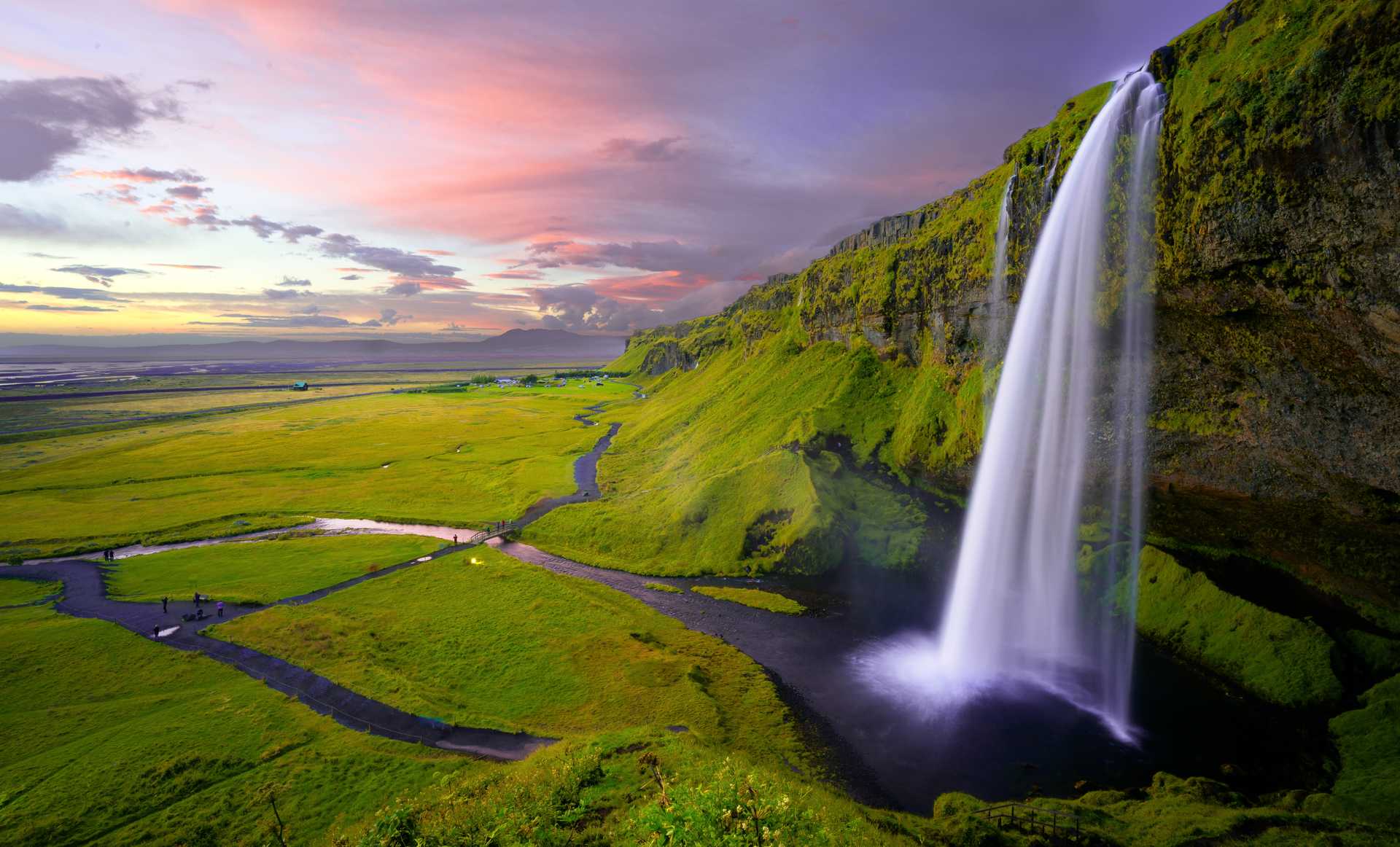When is the best time to visit Iceland?
Typically, visitors tend to come to Iceland in the summer
months when the temperatures are a little warmer, the roads are navigable, and
the midnight sun makes the days lovely and long. However, there are more and
more visits to Iceland in winter as people come to seek out the illusive
Iceland Northern Lights, or aurora borealis.
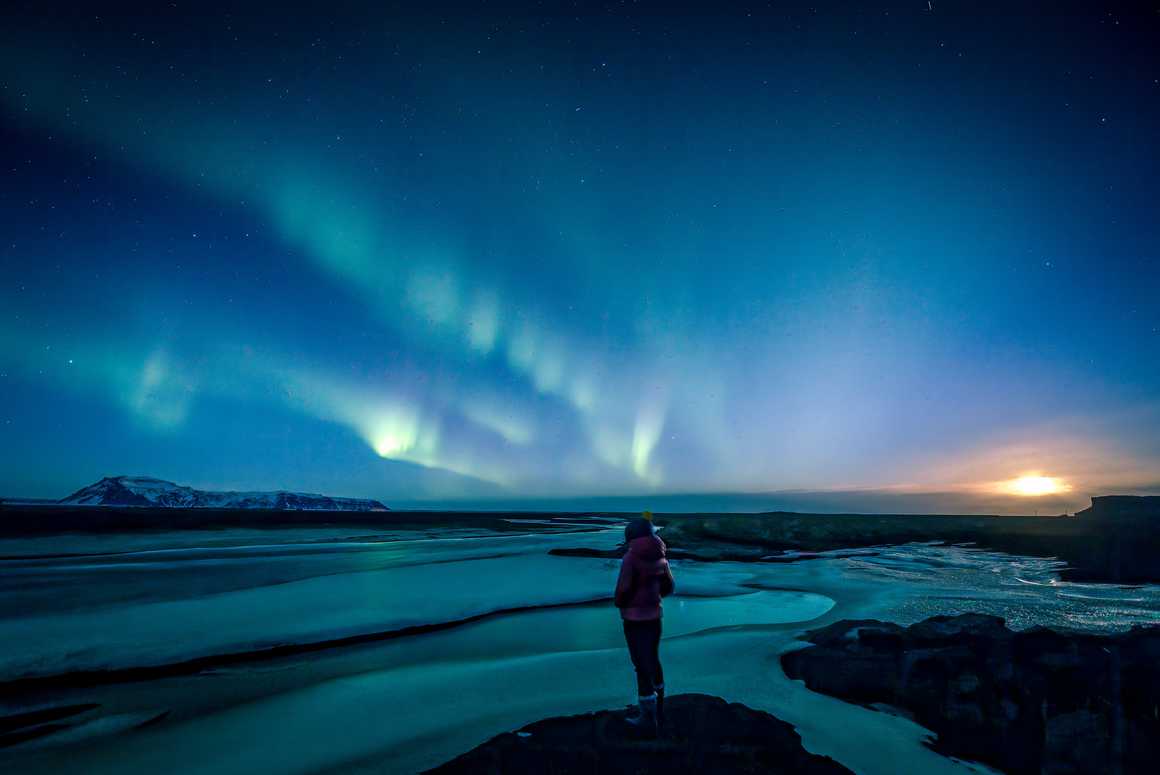
The Northern Lights
Technically the Northern Lights are present all year round,
but the best time to see the northern lights in Iceland is between November
and March. At this time of year there is only around 6 hours of daylight a
day making it much easier to see the aurora in the darker sky.
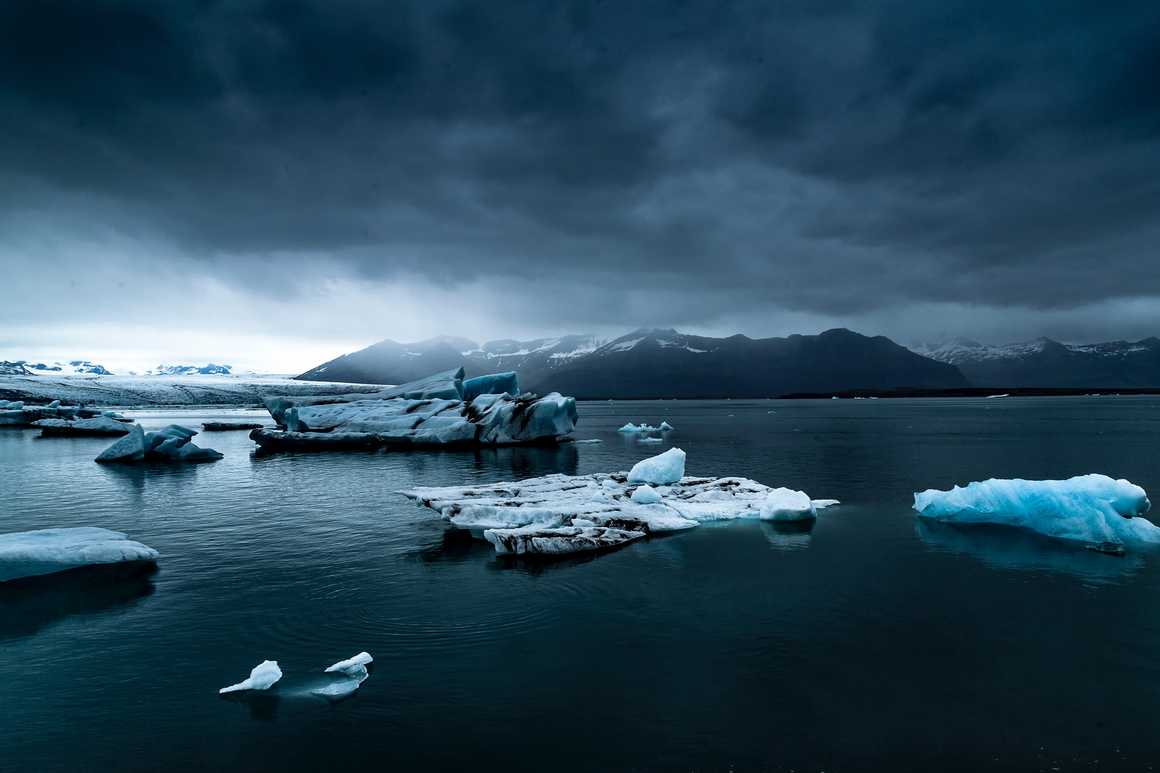
Midnight Sun
The land of the midnight sun, Norway, experiences a
similar period of perpetual daylight as it is along similar lines of latitude,
but the landscapes and topography couldn’t be more different to Iceland.
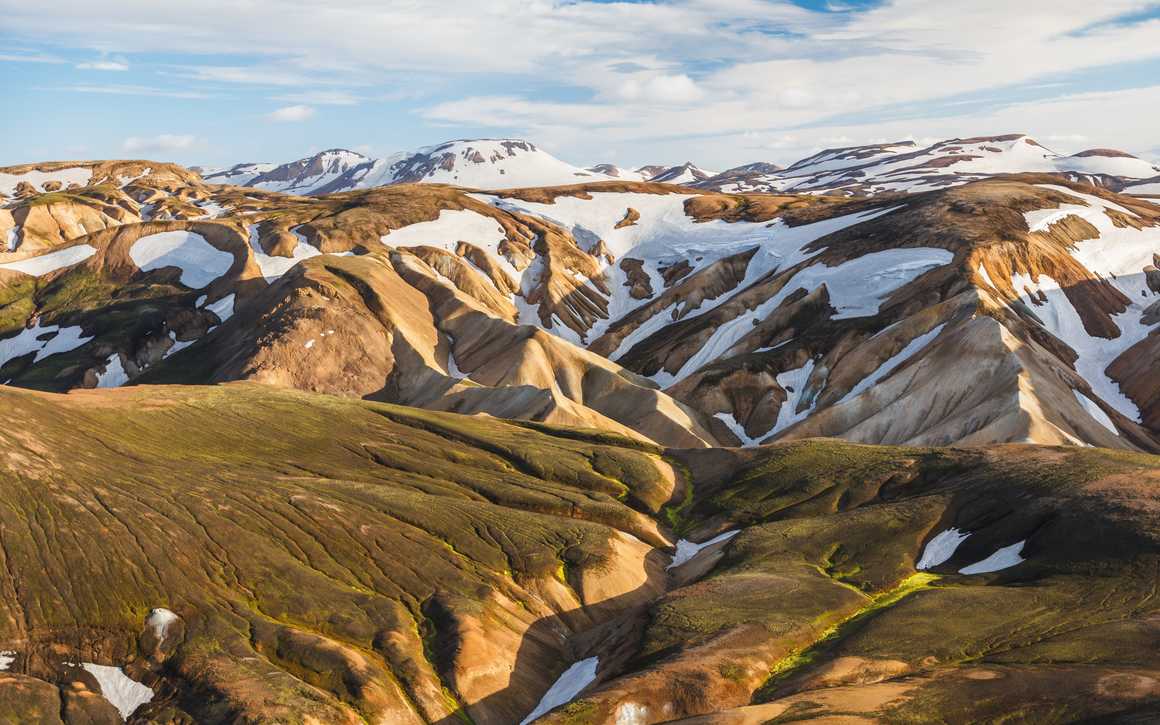
Trekking in Iceland
Some of the most remote and exciting locations in Iceland
are accessible only via F-roads. These roads are only open during the summer
months but there are on fixed dates for opening and closing as it entirely depends
on the weather and conditions. For this reason, many who come to trek the
iconic Laugavegur trekking route can only access this region during the
summer months.
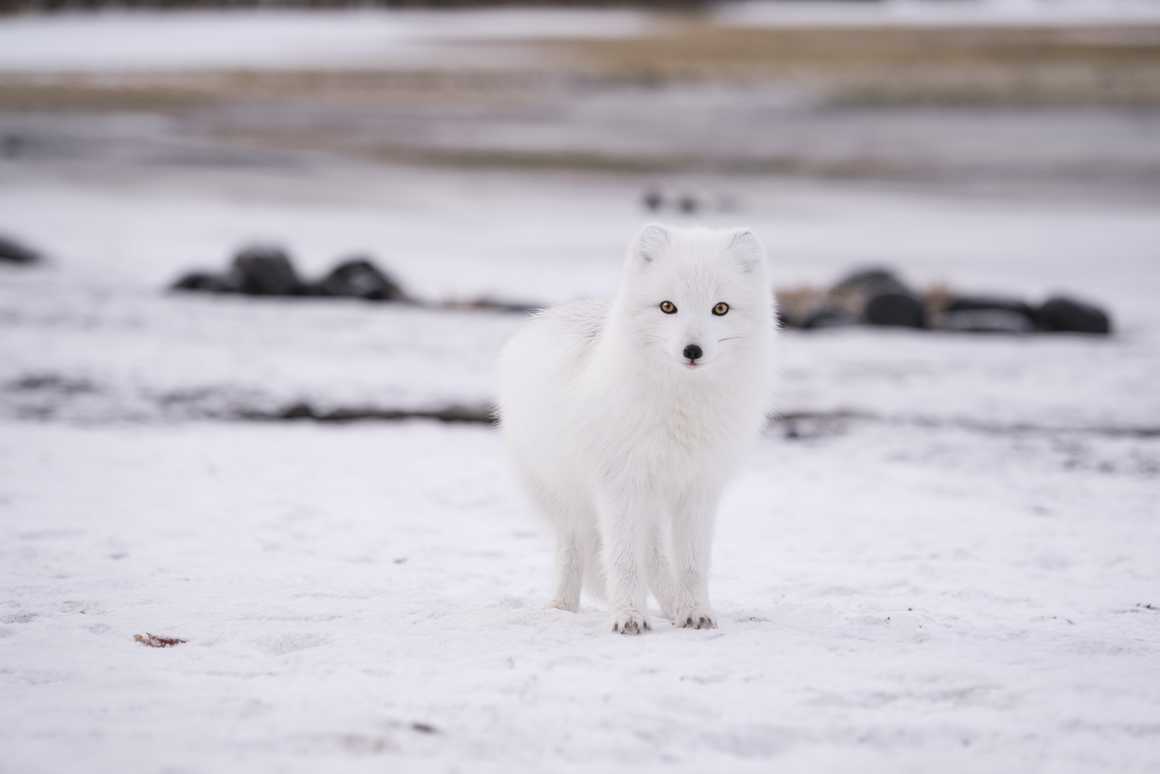
Wildlife in Iceland
Bird such as gyrfalcons, eagles, owls, puffin and skua are
all species of breeding birds in Iceland and the coastal areas benefit from the
cacophony of birdsong at different times of the year. Mating birds attract
predators such as seals, most notably near Glacier Lagoon in the southeast of
Iceland.
April to September are the best times of the year for
whale watching in arctic countries such as Iceland and Greenland. Species such as
blue whales, fin whales, sperm whales, minke and humpback whales, orca whales
and pilot whales can be spotted off the shores if Iceland during this time, but
some are more elusive than others. Minke whales can be seen in Icelandic
waters all year round, but blue whales and fin whales are most commonly spotted
in the northern waters around Iceland.
For more information on when to visit Iceland, check out of
destination guide HERE.










